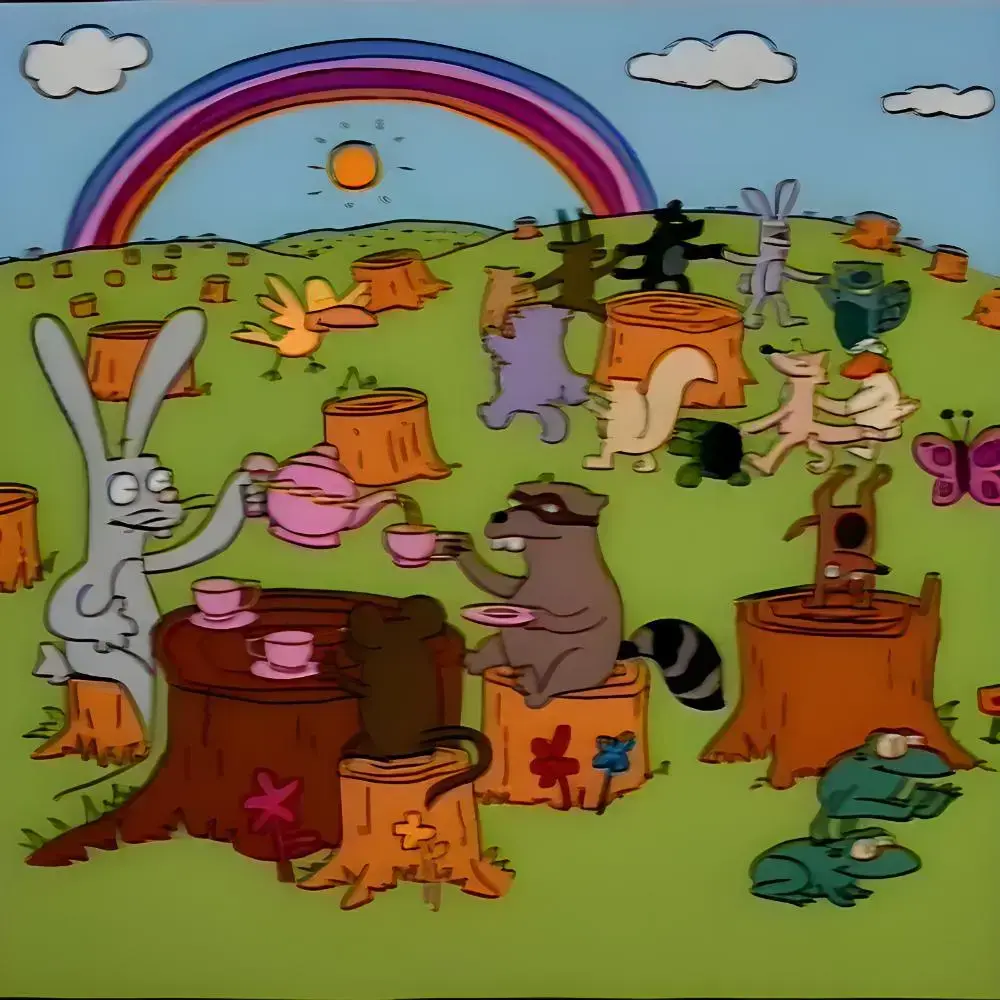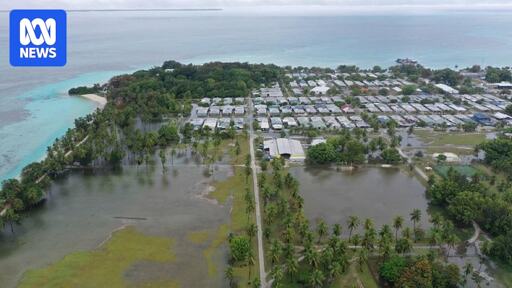Anyone have more info or insite ? The artcle seemed long on outrage from residents nd short on alternative solutions.
This denial does seem ubiquitous across coast lines every where in Australia.
While i understand they aren’t the ones causing this the reality is its happening.



I didn’t know anything about the history of the Cocos Islands: